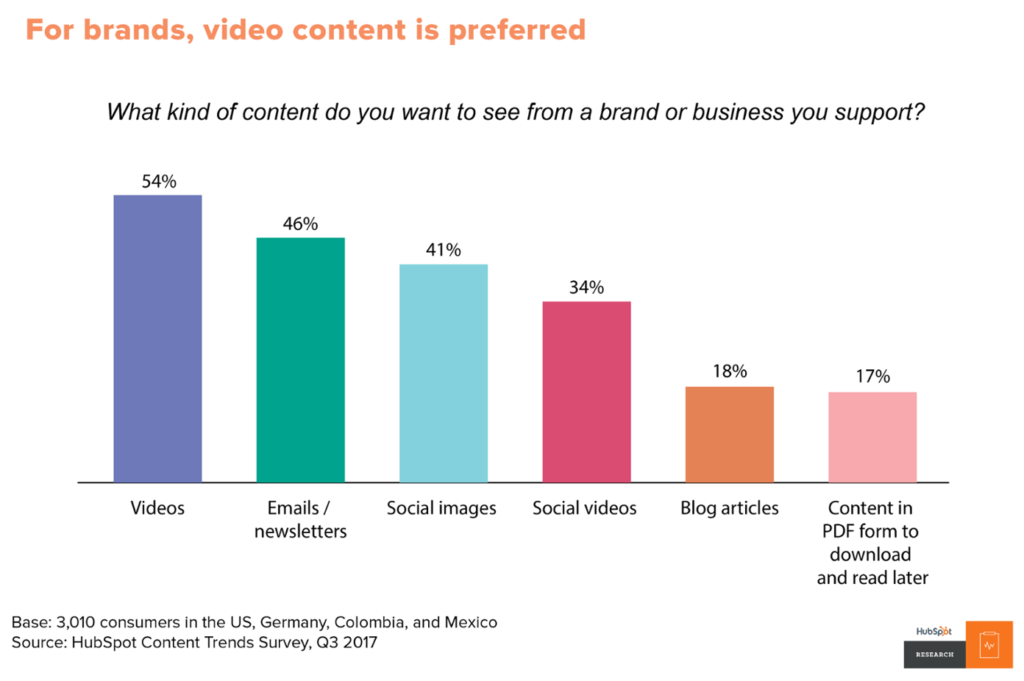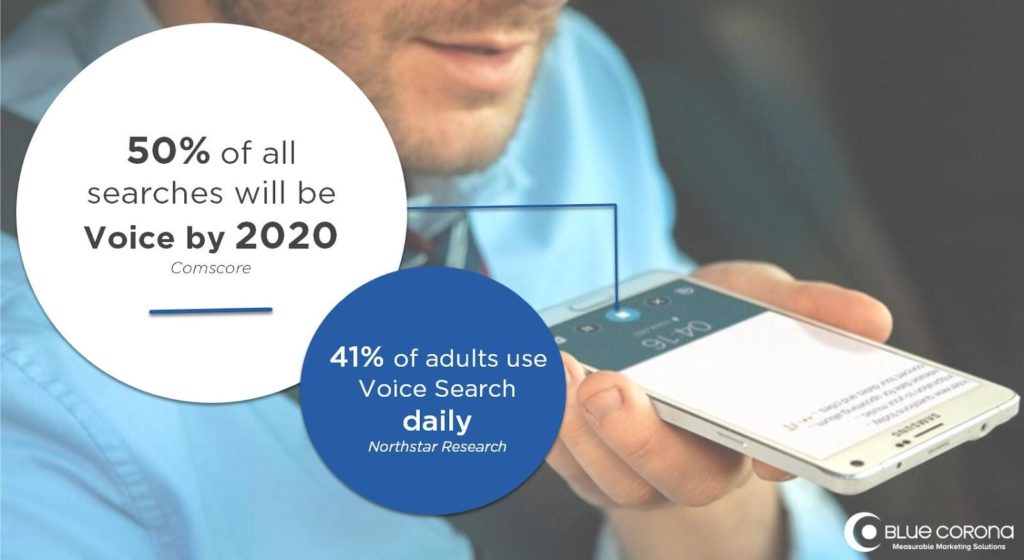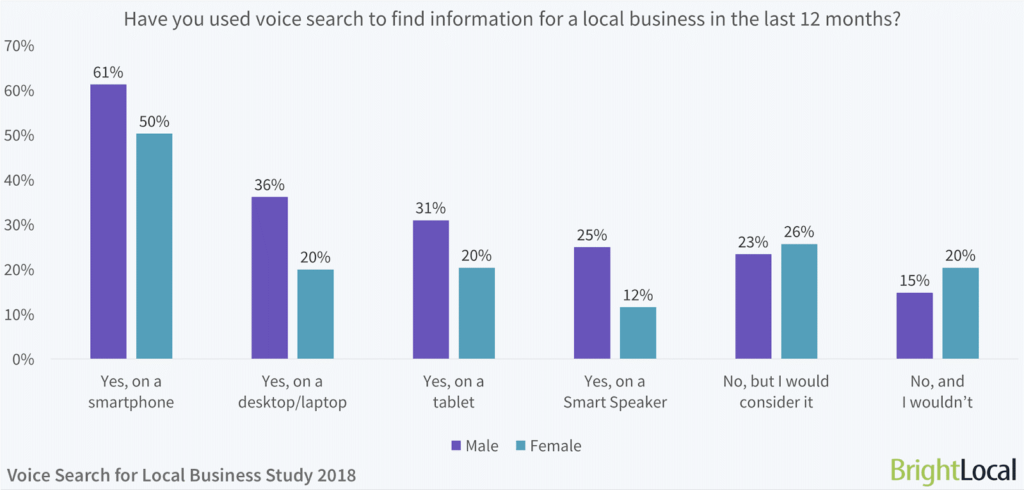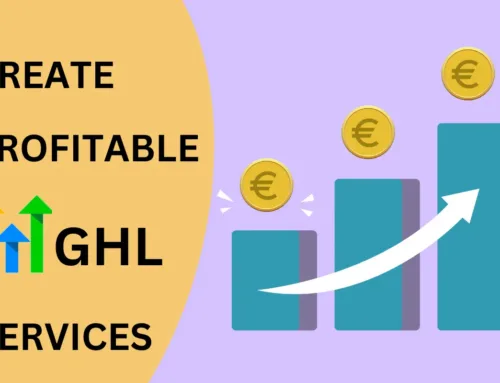Digital marketing is one of the most highly-competitive industries with innovations regularly being released. Standards and strategies are rapidly evolving, so those that were effective in 2018 may not be as ground-breaking in 2019. While some techniques stay the same, it’s important to stay updated on the upcoming trends you can use for your campaigns.
Here are 7 tech trends you can use to boost your marketing campaigns in 2019:
1. Influencer Marketing
For decades, people idolized celebrities and wanted to buy products established celebrities like actors, models and singers endorsed. In 2019, consumers turn to bloggers, influencers and industry professionals for product recommendations, serving as helpful marketing tools, particularly for products that don’t usually get a lot of exposure.
Influencers are considered to be modern-day celebrities on social platforms like Facebook, YouTube, and Instagram. Digital marketers have been leveraging their popularity, using industry influencers like Huda Kattan (@hudabeauty) to promote new beauty products even before they’re released.

Instagram is currently the medium of choice by influencers, but a survey done by Hashoff suggests looking at other platforms such as Facebook, Snapchat, Twitter, YouTube, and Pinterest as well.

(Image source: https://sproutsocial.com/insights/influencer-marketing/)
2. Video Marketing
Speaking of videos, it also continues to be one of the most effective ways to communicate your message with your target audience. In 2017, Hubspot found that over 50% of the customers prefer video to emails, social images, social videos, blog articles, and ebooks. In 2019, the numbers are expected to increase with the introduction of more creative video methods.

(Source: https://blog.hubspot.com/marketing/video-marketing)
Here are some of the advantages of using video marketing:
- Shareability – If there’s one thing people like almost as much as watching videos, it’s sharing them. It’s been found that videos are shared more than 1,200% more than text and links combined.
(Source: https://blog.hubspot.com/marketing/state-of-video-marketing-new-data)
- Educates and converts – Tutorial videos and informative videos about how to use your product continue to be popular. It’s been found that 44% prefer learning about a product through videos, while 81% of consumers have been convinced to purchase a product after watching a brand’s video.
(Video source: https://www.instagram.com/p/Buja9gRg8up/)
- Authenticity – Live videos and stories enable your audience to get a behind-the-scenes look at your brand, the people behind it, and your events. In an age where people increasingly value authenticity and transparency, these kinds of videos are a great way to build customer trust.
This year, formats like IGTV stories will continue to revolutionize how brands communicate with audiences. Get creative with your use of these platforms to continue to leverage the power of video marketing.
3. Artificial Intelligence
In 2019, Artificial Intelligence will play a big role in furthering marketing growth. As AI continues to evolve, it is gradually making its way to industries like e-commerce, content creation and finance. Machine learning allows the AI to analyze vast amounts of consumer data and create an algorithm depending on business needs.
Here are some ways that AI applications can benefit the digital marketing landscape in 2019:
- Automated content creation through apps and software like Articoolo and Wordsmith that help in creating content worth reading.
- Content curation like Netflix’s AI that suggests similar shows that you might like based on recently watched content. It’s a good marketing tool because it makes the customer dependent on recommendations, thus leading to more time spent on the platform.
(Screenshot from Netflix.com)
- Automation of tasks like email marketing, social posting, and programmatic advertising (more on this later). Not only do automated tasks like these save marketers time, but they also make smarter, data-based decisions — making marketing efforts more efficient.
4. Voice Search
According to Northstar Research, 41% of adults now use voice search daily. 2019 is the sweet spot when voice search continues to emerge as more voice-activated software is under development. According to Comscore, by 2020, 50% of all searches will be made by voice. The presence of numerous voice-activated assistants such as Bixby, Siri, Google Assistant, Alexa, and others have made the use of voice search commonplace.
In order to leverage the growth of voice searches, you can adjust your content according to popular question phrases. One way to do this is by expanding FAQ content on your website to capture both long-tail and voice search traffic. It would be wise to use keywords built around “when,” “how,” “what,” who,” and other similar queries.
For marketers, optimizing for voice search will open up more opportunities for local brands to be discovered. According to Bright Local, 58% consumers in the last 12 months have used voice search to look for information on local brands.
5. Chatbots
As the digital world continues to give brands access to global consumers, you’ll need to be available round-the-clock. And chatbots stand as your most viable tool to address this need.
In order to cover the entire 160 hours in a week, you might need to employ 3 full-timers, not to mention weekend part-timers. Chatbots, when programmed correctly, can solve your manpower problem by providing 24/7 support. Instead of spending on wages, you can simply employ a chatbot script.
Here are some ways to program effective chatbots for marketing:
- Plan your chatbot script
- Map out the most common issues that your customers might have.
- Consider the user-friendliness of your website and include usability questions if the customer is confused about certain processes.
- Add a link to a knowledge base.
- Give your bot a fun and playful personality like this chatbot from HubSpot.
(Screenshot from https://www.hubspot.com/)
- Make sure the chatbot popup doesn’t disrupt the user’s browsing. It should be distinguishable enough to invite conversation, but coherent enough to blend in.
(Screenshot from https://acobot.ai/)
- Include a call to action in your bot responses. For example, this AdSpark chatbot asks for an email address when it couldn’t immediately respond to concerns.
(Screenshot from https://adspark.ph/)
6. Blockchain
Blockchain technology is slowly establishing itself as a means of securing assets. But aside from its fintech industry applications, it has also been used to explore potential innovations within the marketing field as well.
Brave, for example, is a blockchain-based browser that monitors your online activity and rewards you for browsing. It works by blocking ads and data trackers that could slow down your web experience and rewards you for watching safe ads that are protected through blockchain technology. Brave’s currency comes in the form of Basic Attention Token or BAT.
Blockchain-based companies like Brave give independent and small publishers a chance to compete with bigger advertisers by showing their ads to niche audiences. In the long run, more blockchain-based marketing technologies will emerge as cryptocurrency is slowly being accepted into the finance industry.
7. Programmatic Advertising
Automation is a great way to save time, effort and money; and automated tasks like programmatic advertising is one of 2019’s top marketing trends. According to Zenith’s forecasts, 65% of all digital advertising spent in 2019 will be traded programmatically. By 2020, the total programmatic advertising spent is expected to reach $98 billion, or 68% of all digital advertising expenditure.
Essentially, programmatic advertising is the automated buying and selling of digital advertising space, with technology using data to decide which ads to buy and how much to pay for them. With the advancements in AI and machine learning, technology can now help brands reach the right audience in real-time with the right message in the right context, at the right price for you.
There are many ways that programmatic advertising can benefit marketing campaigns, and these are just some of them:
- Avoiding ad fraud
- Saves time in manual ad placements
- Get billed with dynamic cost per impression
Conclusion
Digital marketing is a highly competitive arena and you should always strive to update yourself with all the latest tools available. It’s important to note, though, that not all trends are applicable to your business. Analyze which one works for your brand by looking at what worked for you in the past year, and what you can further improve.
Which technological trend are you excited to use on your 2019 marketing campaigns? Comment below.




